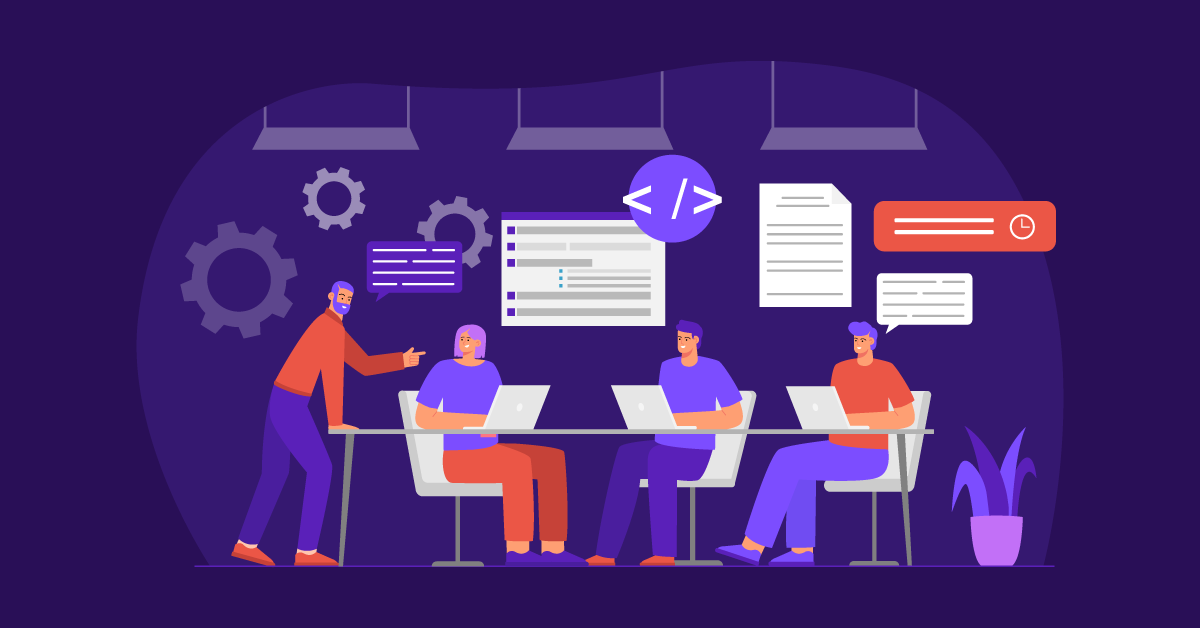What developers should know about composable DXPs

As enterprises strive to create a unified digital experience for their customers, it is essential to understand the fundamentals of composable DXPs. This blog post will explain what these platforms are, how they work, and how they can help create an effective customer experience.
What is a composable DXP?
A composable DXP (digital experience platform) is a technology stack that supports the development and deployment of applications across various channels such as web, mobile, voice assistants, wearables and more. It consists of different components such as content management systems (CMSes), microservices architecture, APIs, analytics tools, customer data platforms (CDPs), marketing automation tools and more. These components work together to enable developers to rapidly build and deploy applications with minimum effort.
How does it work?
The key to making a composable DXP successful is having the right components in place. Components of a composable DXP include:
A CMS that is the foundation for managing content across multiple channels
APIs that provide access to data stored in other systems such as databases or cloud services.
Microservices architecture that helps break down large applications into smaller services that can be deployed independently.
Analytics tools that allow developers to gain insights into user behavior
Marketing automation tools help automate tasks such as sending emails or messages on social media platforms
A customer data platform to store customer data securely and easily access it when needed
Benefits of adopting a composable DXP
Using a composable DXP has several benefits for developers including:
Increased agility: With a composable DXP in place, developers can quickly build apps without spending time on coding from scratch or integrating multiple technologies together. This increases agility by allowing them to respond quickly to market needs or changes in customer preferences.
Scalability: Composable DXPs are highly scalable so they can handle large amounts of traffic without compromising performance or reliability.
Cost savings: Using a single platform reduces costs by eliminating the need for multiple technologies and license fees associated with them.
Challenges for developers
Integrating multiple components
One of the biggest challenges with composing a DXP is integrating all the different components together in a way that works seamlessly with each other. This requires extensive knowledge of web technologies, coding best practices, and design principles. It also requires developers to have an understanding of how different software interacts with each other and how they can be integrated into a single platform. Additionally, if there are any compatibility issues between two components or systems, then the developer will need to find a workaround or replace one component with another.
Maintaining quality standards
Another challenge that developers face when implementing a composable DXP is maintaining quality standards throughout the process. Since they are dealing with multiple pieces of software that may come from various sources, it’s important to ensure that all components meet certain quality standards before they can be used in production. This means making sure that all code is up-to-date and bug-free; all third-party APIs are secure; and all data sources have been tested for accuracy and completeness before being integrated into the platform.
Testing for performance issues
Finally, when creating a composable DXP, developers must also test for potential performance issues. As more components are added to the platform, there is an increased likelihood that some parts may not perform as expected due to memory usage or runtime errors. Therefore, it’s important for developers to thoroughly test their composable DXP before launching it in production to ensure its stability and eliminate any potential issues from arising later on down the line.
Conclusion
Implementing a composable DXP offers many advantages over traditional monolithic applications but comes with its own set of challenges. Developers must make sure each component functions properly and meets quality standards before being implemented into the system. They must also test their platform for potential performance issues before launch. You can overcome these challenges by carefully planning your architecture and understanding how each component integrates with one another so you can create an effective solution for your customers’ needs.
Learn more
Learn more about going composable in our guide, “How to go composable in 6 steps.”
Schedule a free demo to see how Contentstack's composable content experience platform can help your organization benefit from the flexibility and scalability of a composable DXP.
Share on